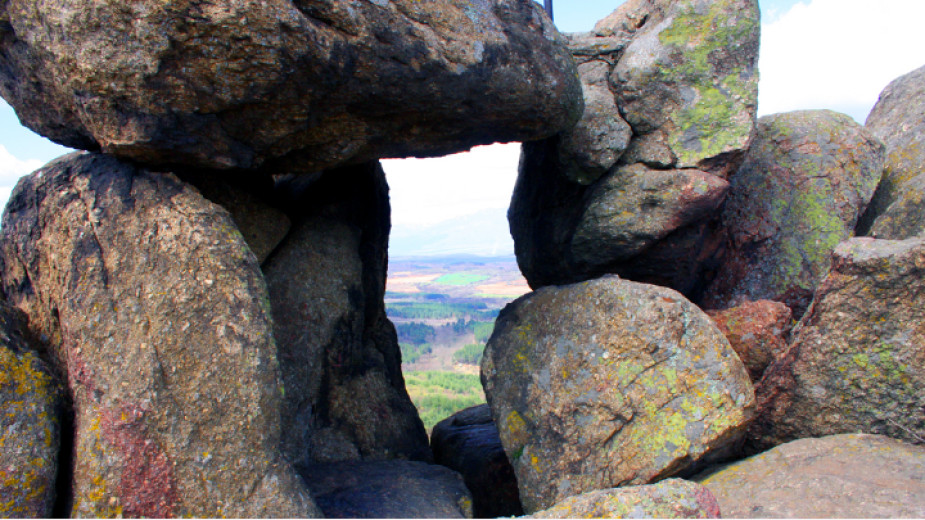 7
7
The Megaliths – these mysterious rock objects, created millennia back in history, can be found in various parts of the world. Scholars divide them in Dolmens and Menhirs. Dolmens are stone structures in the shape of a cube with a large square aperture on one side and a slanting lid-like roof, built with no mortar. The Menhirs are large standing rocks, embedded in the ground like rough columns. They can be individual or arranged in a group – ordered (in a grid) or disordered Menhirs. They can be planted in a circle, thus forming a Cromlech. Such objects have been discovered and studied along the Black Sea coast, forming according to one of the researches of Megalith culture, Associate Professor Lyubomir Tsonev a Black Sea Megalith Bow. It passes through the Eastern Rhodope Range, Sakar Mountain, Eastern Balkan Range, Shumen Region, Cape Kaliakra, Crimean Peninsula, Caucasus and the Armenian mountains. Scientists are convinced of the sacral purpose of these structures. But when have they actually been created? Are there connections and analogues among the different megalithic objects along the Black Sea coastal region? These are questions we addressed to Associate Professor Tsonev.
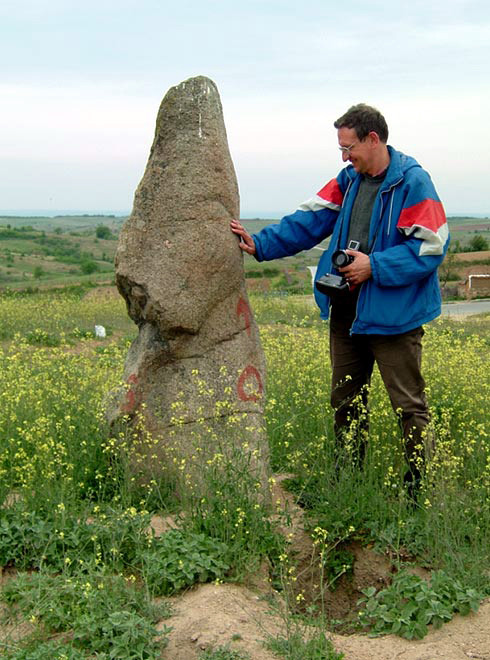 “Speaking of Megaliths, questions are more than the answers we have; and few are those that can be strictly proved”, the researcher admits. “The paradox is that the different megalithic objects have something in common, but there are no two identical ones among them.
“Speaking of Megaliths, questions are more than the answers we have; and few are those that can be strictly proved”, the researcher admits. “The paradox is that the different megalithic objects have something in common, but there are no two identical ones among them.
On the Balkans there are around 400 Dolmens and about as many Menhirs. In the Armenian mountains there is an extremely beautiful site consisting of several hundreds of Menhirs and a small Dolmen in the middle. Local scientists contend that it dates back to 5-4 millennium BC. The megalithic objects spreading in the Caucuses should be more recent than the Armenian ones, as they date back to 3-4 millennium BC. Some four or five centuries after the construction of such sites was interrupted, the youngest generation of dolmens came to life. It is the Balkan line of dolmens, dated back to the period between the 12th and the 6th centuries BC. I wish I could find out whether this considerable difference in time is real, or is it due to imprecise dating. In my view, it seems impossible for such close objects territorially, to have existed absolutely isolated from one another, and with such difference of time span”, Assoc. Prof. Tsonev maintains. ]
The major problem when considering Megaliths is their precise dating. If that issue finds a solution, the mystery they are wrapped in would gradually start to untangle. The finds in different countries are made in different periods and through methods of varying reliability. According to Lyubomir Tsonev, most precise is the dating of the Caucasian Dolmen, made through radioactive carbon -14 and optically stimulated luminescence. In Bulgaria dating of such objects is made deriving from the type of ceramic finds unearthed in the vicinity of the site, but they could be dating back to later periods.
Where in this country could we see well preserved megalithic objects?
“The Dolmens are found in the Bulgarian part of the Strandja Mountain, southeastern Bulgaria; in the near-by Sakar Mountain and the Eastern Rhodopes. The largest ones among the relatively well preserved Dolmens are in Strandja, close to the border with Turkey. They are preserved thanks to the fact that years ago, due to the tense border control in the region spreading along the border with that neighboring country (for political reasons), had made the area absolutely inaccessible for treasure-hunters. More accessible for tourists is the region of the Sakar Mountain, in the same part of the country. There, a large number of the Dolmens are in proximity with the Harmanly – Topolovgrad highway”, Lyubomir Tsonev further explains.
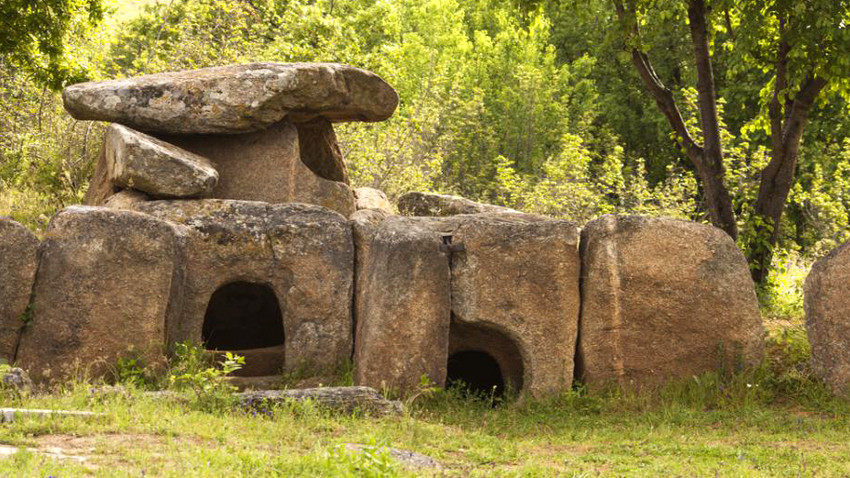
As to Cromlechs, there are only five such objects discovered in Bulgaria. One is in the village of Dolni Glavanak in the Eastern Rhodopes – around 20 stone slabs of 1-1.5 meters high, arranged in a circle. A second Cromlech had been found in the vicinity of the village of Starossel, near Staro Zhelezare. It consisted of 24 Menhirs implanted in a circle. Unfortunately, it has bee destroyed. The third one is discovered at Cape Emine on the Black Sea coast. Menhirs in rows or disordered groups can be seen near the Old Bulgarian capital of Pliska. 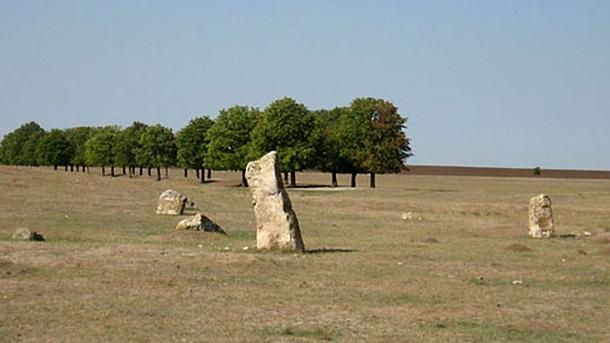 They are named “Devtashlari”, meaning “spirit-stones”. Some scientists claim that they have been made by Old Bulgarians. Associate Professor Tsonev is, however, skeptical about that theory.
They are named “Devtashlari”, meaning “spirit-stones”. Some scientists claim that they have been made by Old Bulgarians. Associate Professor Tsonev is, however, skeptical about that theory.
“For me it is absurd for people at a certain level of civilization, who have had their own state and than have come here, conquering large territories to create a new realm, to have engaged in planting enormous rocks into the ground for spiritual purposes. This is a highly primitive theory. Besides, nowhere in the preserved chronicles on the life of Old Bulgarians has any explanation been found, on what these rocks stand for. Furthermore, the Bulgarians later expanded their realm, reaching as far the Aegean Sea. But no such monuments have been registered there. That is why I prefer to believe that this is a different cultural layer.”
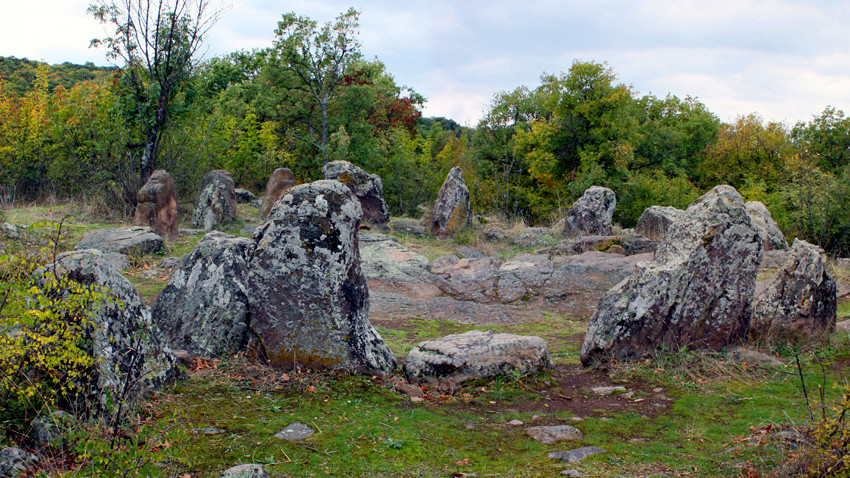
These disputes can be solved through unambiguous dating of the megalithic objects through the luminescence method. This is precisely the method used for dating the famous drawings in the Nazca Plateau in Peru, which attract a multitude of tourists from all over the world, Lyubomir Tsonev contends. We could introduce this method if we resort to the help of our southern neighbors in Greece, who have been applying this method for a long time now.
English version: Iva Letnikova
Pristine nature, homely comfort, delicious meals and snowy emotions - Momchilovtsi is a paradise for lovers of rural tourism. In the height of the tourist season, the guest houses and restaurants in the Rhodope village are working at..
Ribnovo, the magnetic Rhodope village, which until a decade ago lived in its own encapsulated world far from globalization, now warmly welcomes tourists. Its residents are Bulgarian-Muslims and are distinguished by their preserved way of life, colorful..
Where will the new year take us? The New York Times helps us start our travels with suggestions from its annual list of the 52 best places to visit in 2025 . Among them, Bulgaria stands out as an attractive destination that focuses the attention of..

+359 2 9336 661
